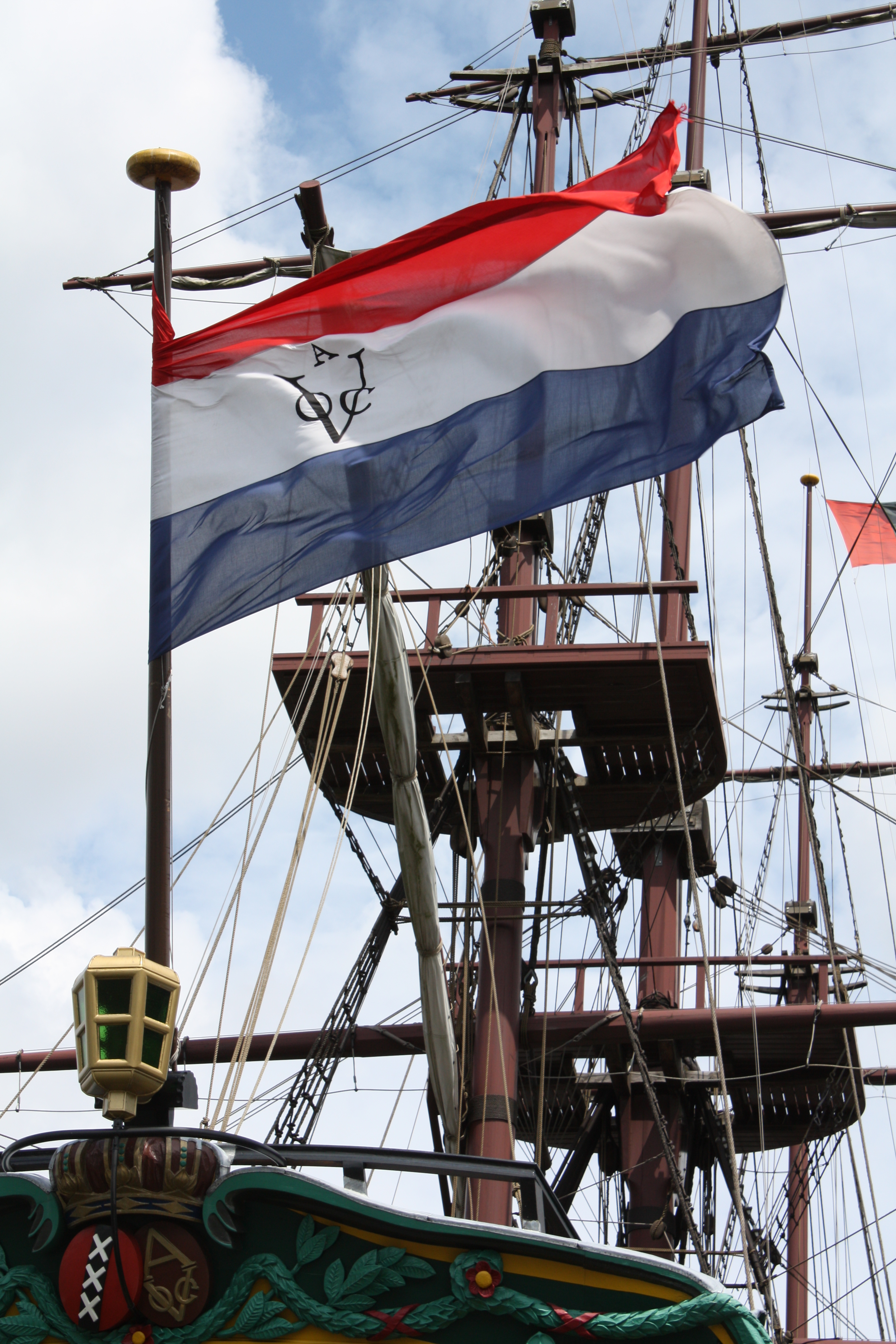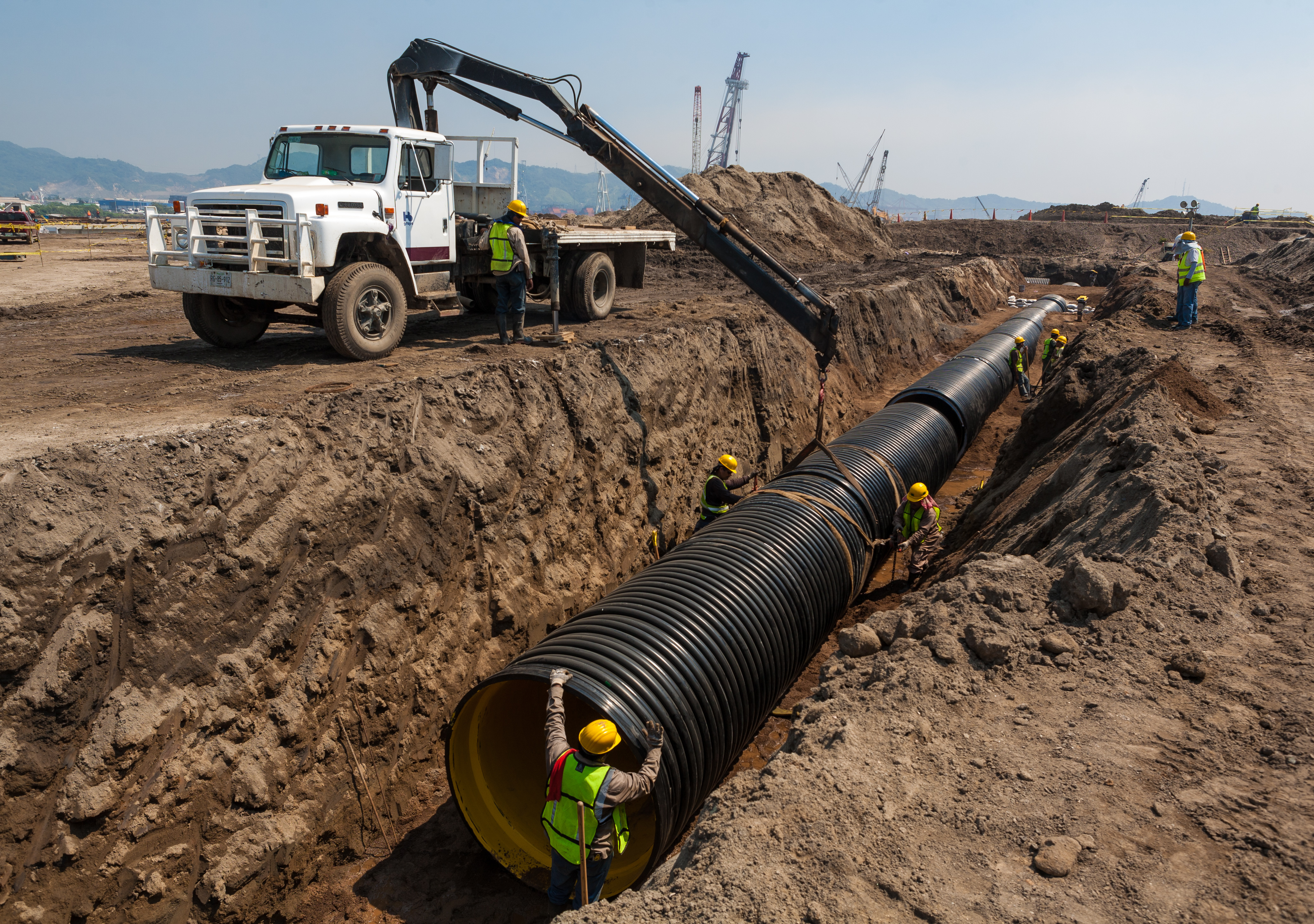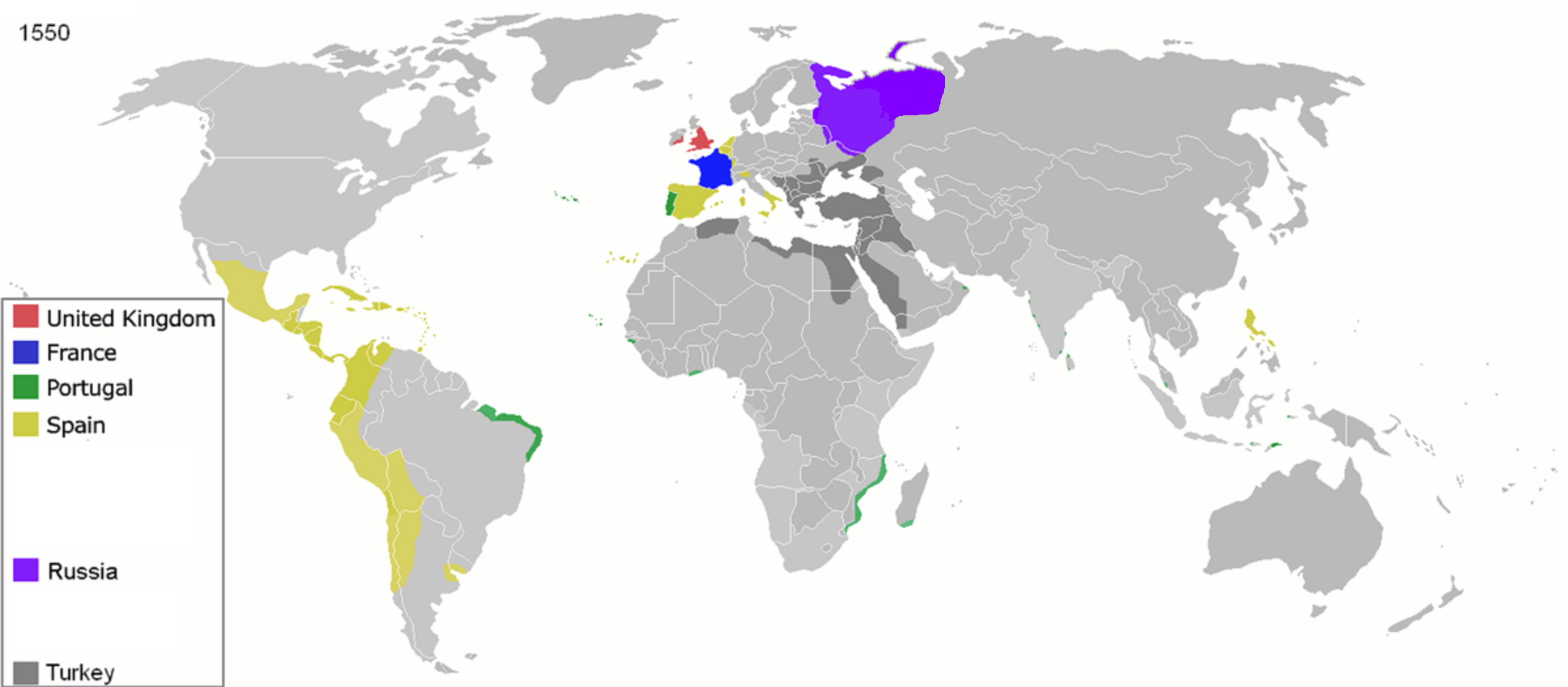|
Taichung Basin
The Taichung Basin (), located in the Central Taiwan, central region of western Taiwan, is the third largest metropolitan area in Taiwan. It occupies parts of Taichung City, Nantou County and Changhua County. The basin borders the Choshui River in the south; the hill lands of Nantou in the east; the Tatu Plateau in the northwest; and the Pakua Plateau in the southwest. A notch connecting the Taichung Basin to the seacoast of Taichung City stretches between the two Plateau, plateaus. History Prior to Dutch Formosa, Dutch and Taiwan under Qing rule, Chinese colonization in the 1600s, the Taichung Basin was inhabited by the Pazeh people, Pazeh, Babuza people, Babuzabhb, Cou, and Hoanya people, Hoanya Taiwanese indigenous peoples, indigenous Taiwanese peoples. Panoramic photography See also * Geography of Taiwan References Drainage basins of Taiwan Landforms of Nantou County Landforms of Taichung {{Taiwan-geo-stub ... [...More Info...] [...Related Items...] OR: [Wikipedia] [Google] [Baidu] |
Taichung Basin On Worldwind
Taichung (, Wade–Giles: '), officially Taichung City, is a special municipality (Taiwan), special municipality in central Taiwan. Taichung is Taiwan's second-largest city, with more than 2.85 million residents, making it the largest city in Central Taiwan. It serves as the core of the Taichung–Changhua metropolitan area, Taiwan's second-largest metropolitan area. Located in the Taichung Basin, the city was initially developed from several scattered hamlets helmed by the Taiwanese indigenous peoples. It was constructed to be the new capital of Taiwan Province and renamed "Taiwanfu (other), Taiwan-fu" in the late Taiwan under Qing rule, Qing dynastic era between 1887 and 1894. During the Taiwan under Japanese rule, Japanese era from 1895, the urban planning of present-day Taichung was performed and developed by the Japanese. The urban area of Taichung was organized as a Provincial city (Taiwan), provincial city from the start of ROC rule in 1945 until 25 December 2010, ... [...More Info...] [...Related Items...] OR: [Wikipedia] [Google] [Baidu] |
Dutch Formosa
The island of Taiwan, also commonly known as ''Formosa'', was partly under colonial rule by the Dutch Republic from 1624 to 1662 and from 1664 to 1668. In the context of the Age of Discovery, the Dutch East India Company established its presence on Formosa to trade with the Ming Empire in neighbouring China and Tokugawa shogunate in Japan, and to interdict Portuguese Empire, Portuguese and Spanish Empire, Spanish trade and colonial activities in East Asia. The Dutch were not universally welcomed, and uprisings by both aborigines and recent Han people, Han arrivals were quelled by the Dutch military on more than one occasion. With the rise of the Qing dynasty in the early 17th century, the Dutch East India Company cut ties with the Ming dynasty and allied with the Qing instead, in exchange for the right to unfettered access to their trade route, trade and shipping routes. The colonial period was brought to an end after the Siege of Fort Zeelandia, 1662 siege of Fort Zeelandia (Taiw ... [...More Info...] [...Related Items...] OR: [Wikipedia] [Google] [Baidu] |
Drainage Basins Of Taiwan
Drainage is the natural or artificial removal of a surface's water and sub-surface water from an area with excess water. The internal drainage of most agricultural soils can prevent severe waterlogging (anaerobic conditions that harm root growth), but many soils need artificial drainage to improve production or to manage water supplies. History Early history The Indus Valley Civilization had sewerage and drainage systems. All houses in the major cities of Harappa and Mohenjo-daro had access to water and drainage facilities. Waste water was directed to covered gravity sewers, which lined the major streets. 18th and 19th century The invention of hollow-pipe drainage is credited to Sir Hugh Dalrymple, who died in 1753. Current practices Simple infrastructure such as open drains, pipes, and berms are still common. In modern times, more complex structures involving substantial earthworks and new technologies have been common as well. Geotextiles New storm water drainage sys ... [...More Info...] [...Related Items...] OR: [Wikipedia] [Google] [Baidu] |
Geography Of Taiwan
Taiwan, officially the Republic of China (ROC), is a country in East Asia. The island of Taiwan, formerly known to Westerners as Formosa, has an area of and makes up 99% of the land under ROC control. It lies about across the Taiwan Strait from the southeastern coast of the Mainland China. The East China Sea is to the north of the island, the Philippine Sea to its east, the Luzon Strait directly to its south, and the South China Sea to its southwest. The ROC also controls a number of smaller islands, including the Penghu archipelago in the Taiwan Strait, Kinmen and Matsu in Fuchien near the Mainland coast, as well as Pratas and Taiping in the South China Sea. Geologically, the main island comprises a tilted fault block, characterized by the contrast between the eastern two-thirds, consisting mostly of five rugged mountain ranges running parallel to the east coast, and the flat to gently rolling plains of the western third, where the majority of the population resid ... [...More Info...] [...Related Items...] OR: [Wikipedia] [Google] [Baidu] |
Taiwanese Indigenous Peoples
Taiwanese indigenous peoples, formerly called Taiwanese aborigines, are the indigenous peoples of Taiwan, with the nationally recognized subgroups numbering about 600,303 or 3% of the Geography of Taiwan, island's population. This total is increased to more than 800,000 if the Plains indigenous peoples, indigenous peoples of the plains in Taiwan are included, pending future official recognition. When including those of mixed ancestry, such a number is possibly more than a million. Academic research suggests that their ancestors have been living on Taiwan for approximately 15,000 years. A wide body of evidence suggests that the Taiwanese indigenous peoples had maintained regular trade networks with numerous regional cultures of Southeast Asia before the Han Chinese colonists History of Taiwan#Settler expansion (1684–1795), settled on the island from the 17th century, at the behest of the Dutch Formosa#Agriculture, Dutch colonial administration and later by successive governments ... [...More Info...] [...Related Items...] OR: [Wikipedia] [Google] [Baidu] |
Hoanya People
The Hoanya () are a Taiwanese Aboriginal people who live primarily in Changhua County, Chiayi City, Nantou County, and near Tainan City. Their language, Hoanya, is now extinct. The Lloa people and Arikun people are generally considered to be a part of the Hoanya people. Etymology Scholars like Kaim Ang suggest the name of the people, ''Hoanya'', comes from Taiwanese Hokkien ''Hoan-iá'' (, "barbarian"), originally from the perspective of ethnic Chinese referring to non-Chinese, especially historical natives of Taiwan and Southeast Asia. The name of the people group retained the obsolete diminutive suffix ''-iá'' () in Hokkien, which originally came from a weak form of ''kiáⁿ'' or ''káⁿ'' () and today survives in Hokkien as the diminutive suffix ''-á'' (). ''Huán-nià'' () is attested in the ''Dictionario Hispanico Sinicum'' (1626-1642) and use of the obsolete ''-iá'' () suffix is also recorded in Medhurst's 1832 Hokkien dictionary. The modern form of the aforeme ... [...More Info...] [...Related Items...] OR: [Wikipedia] [Google] [Baidu] |
Babuza People
The Babuza (, formerly incorrectly called 貓霧捒族; pinyin: ''Māowùshùzú'') are a Taiwanese aboriginal people, living primarily in Changhua County and around the western part of Taiwan's Central Basin. References See also *Babuza language *Kingdom of Middag * Taiwanese indigenous peoples Taiwanese indigenous peoples, formerly called Taiwanese aborigines, are the indigenous peoples of Taiwan, with the nationally recognized subgroups numbering about 600,303 or 3% of the Geography of Taiwan, island's population. This total is incr ... Taiwanese indigenous peoples {{Taiwan-ethno-group-stub ... [...More Info...] [...Related Items...] OR: [Wikipedia] [Google] [Baidu] |
Pazeh People
The Pazeh people (or Pazih; 巴則海 or 巴宰), including the Kaxabu, are the descendants of the Pazeh-speaking indigenous people from Taichung and Miaoli areas of Taiwan. Due to the processes of acculturation and cultural assimilation, the majority of Taiwanese who identify themselves as Pazeh reside in the Ai-lan district (愛蘭地區) in the central city of Puli, Nantou. Christian missionaries arrived in Taiwan in 1865, and the Pazeh people in the area were fully converted to the religion by 1871. Current status The current Pazih community is located around the Ai-lan (愛蘭) Taiwanese Presbyterian Church, which provides support for the Pazeh cultural revival and political mobilization. Presbyterian minister Rev. Daxawan Lai built a museum for Pazeh artifacts and to be a center for Pazeh language learning and cultural activities. The Ai-lan Pazih are currently petitioning Taiwan's government for official status as a recognized Taiwanese Aboriginal ethnic group. Rep ... [...More Info...] [...Related Items...] OR: [Wikipedia] [Google] [Baidu] |
Colonization
475px, Map of the year each country achieved List of sovereign states by date of formation, independence. Colonization (British English: colonisation) is a process of establishing occupation of or control over foreign territories or peoples for the purpose of cultivation, exploitation, trade and possibly settlement, setting up coloniality and often colonies. Colonization is commonly pursued and maintained by, but distinct from, imperialism, mercantilism, or colonialism. The term "colonization" is sometimes used synonymously with the word "settling", as with colonisation in biology. Settler colonialism is a type of colonization structured and enforced by the settlers directly, while their or their ancestors' metropolitan country ('' metropole'') maintains a connection or control through the settler's activities. In settler colonization, a minority group rules either through the assimilation or oppression of the existing inhabitants, or by establishing itself as the de ... [...More Info...] [...Related Items...] OR: [Wikipedia] [Google] [Baidu] |
Taiwan Under Qing Rule
Taiwan, officially the Republic of China (ROC), is a country in East Asia. The main island of Taiwan, also known as ''Formosa'', lies between the East and South China Seas in the northwestern Pacific Ocean, with the People's Republic of China (PRC) to the northwest, Japan to the northeast, and the Philippines to the south. It has an area of , with mountain ranges dominating the eastern two-thirds and plains in the western third, where its highly urbanized population is concentrated. The combined territories under ROC control consist of 168 islands in total covering . The largest metropolitan area is formed by Taipei (the capital), New Taipei City, and Keelung. With around 23.9 million inhabitants, Taiwan is among the most densely populated countries. Taiwan has been settled for at least 25,000 years. Ancestors of Taiwanese indigenous peoples settled the island around 6,000 years ago. In the 17th century, large-scale Han Chinese immigration began under Dutch colonial ... [...More Info...] [...Related Items...] OR: [Wikipedia] [Google] [Baidu] |
Plateau
In geology and physical geography, a plateau (; ; : plateaus or plateaux), also called a high plain or a tableland, is an area of a highland consisting of flat terrain that is raised sharply above the surrounding area on at least one side. Often one or more sides have deep hills or escarpments. Plateaus can be formed by a number of processes, including upwelling of volcanic magma, extrusion of lava, and erosion by water and glaciers. Plateaus are classified according to their surrounding environment as intermontane, piedmont, or continental. A few plateaus may have a small flat top while others have wider ones. Formation Plateaus can be formed by a number of processes, including upwelling of volcanic magma, extrusion of lava, plate tectonics movements, and erosion by water and glaciers. Volcanic Volcanic plateaus are produced by volcanic activity. They may be formed by upwelling of volcanic magma or extrusion of lava. The underlining mechanism in forming p ... [...More Info...] [...Related Items...] OR: [Wikipedia] [Google] [Baidu] |





